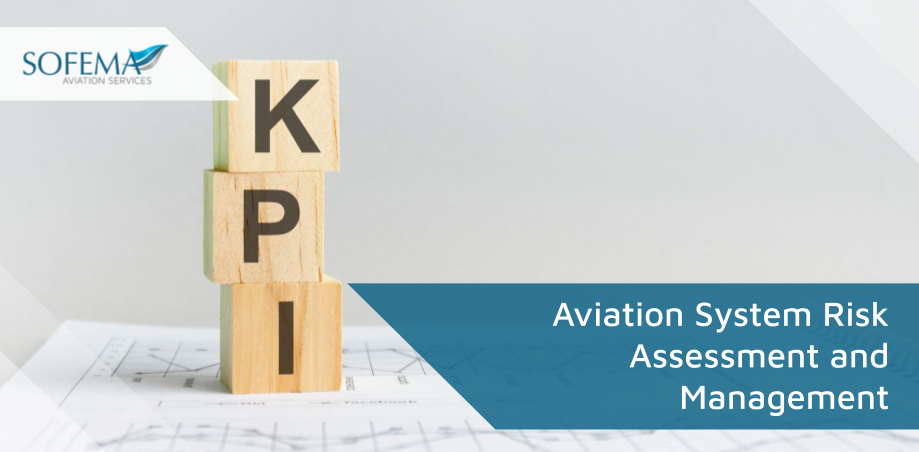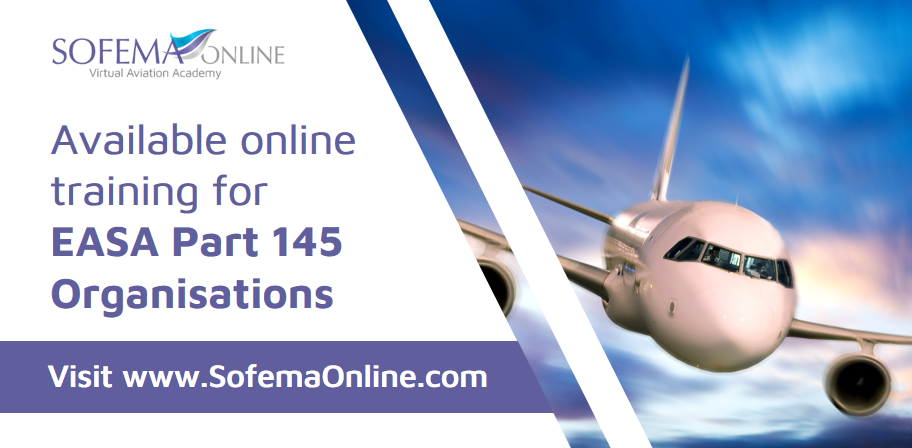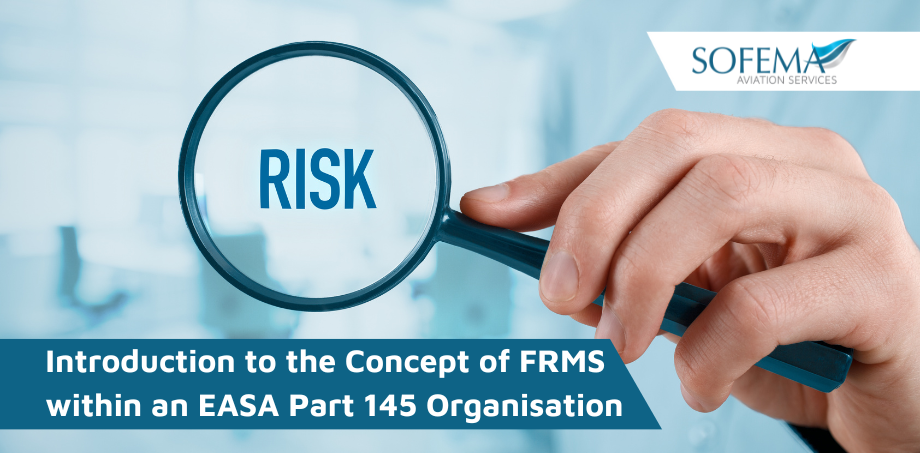Aviation System Risk Assessment and Management – KPI’s, SPI’s & SPT’s
read more
Sofema Aviation Services (SAS) considers the relevance of KPI’s, SPI’s and SPT’s as part of Risk Assessment & Management. Introduction –Risk Assessment & Management KPI’s KPI’s Typically measures how well your operation is doing at achieving its goals, for example reducing downtime or costs. KPIs can be used as a benchmark to understand your organisation’s…






